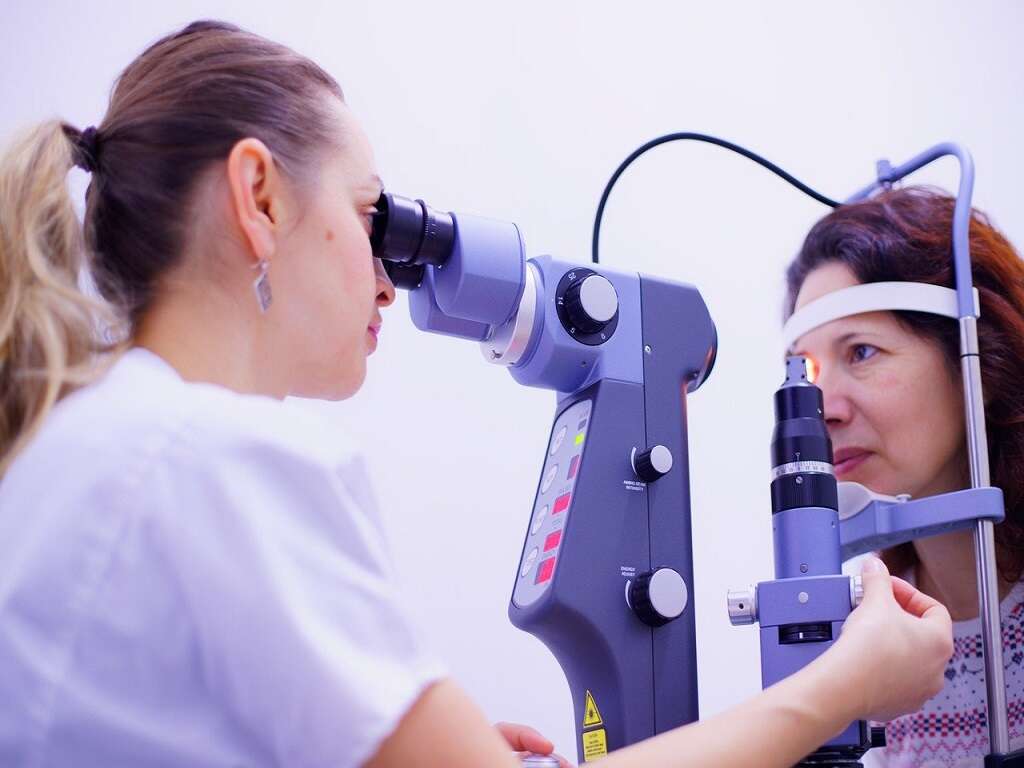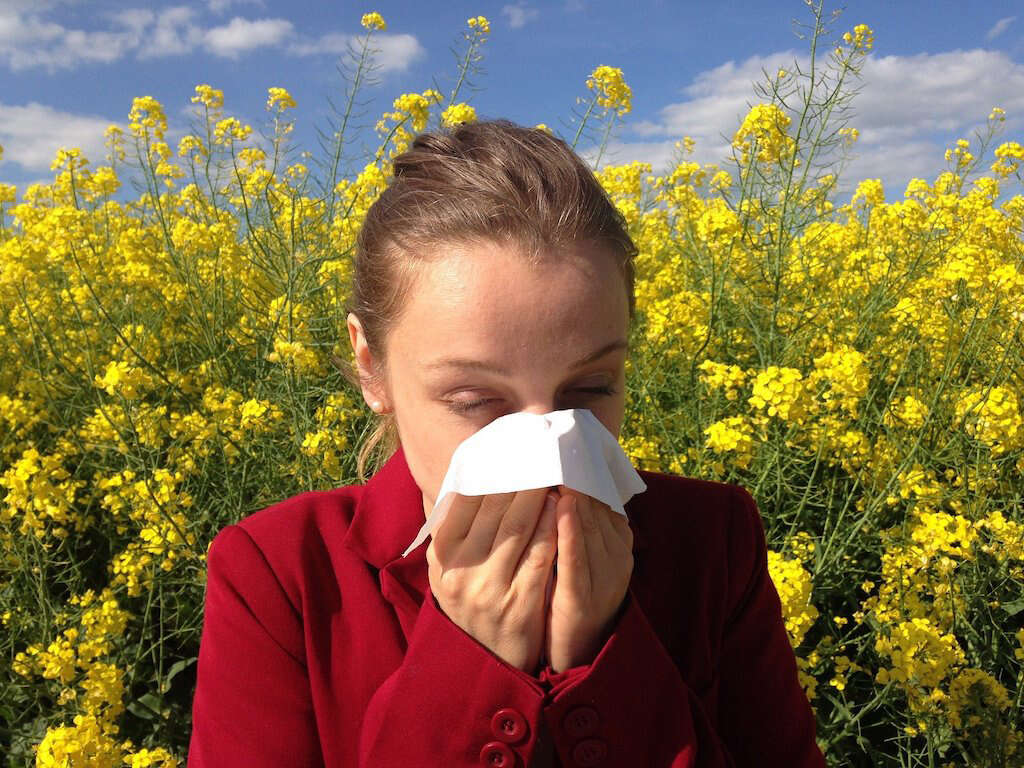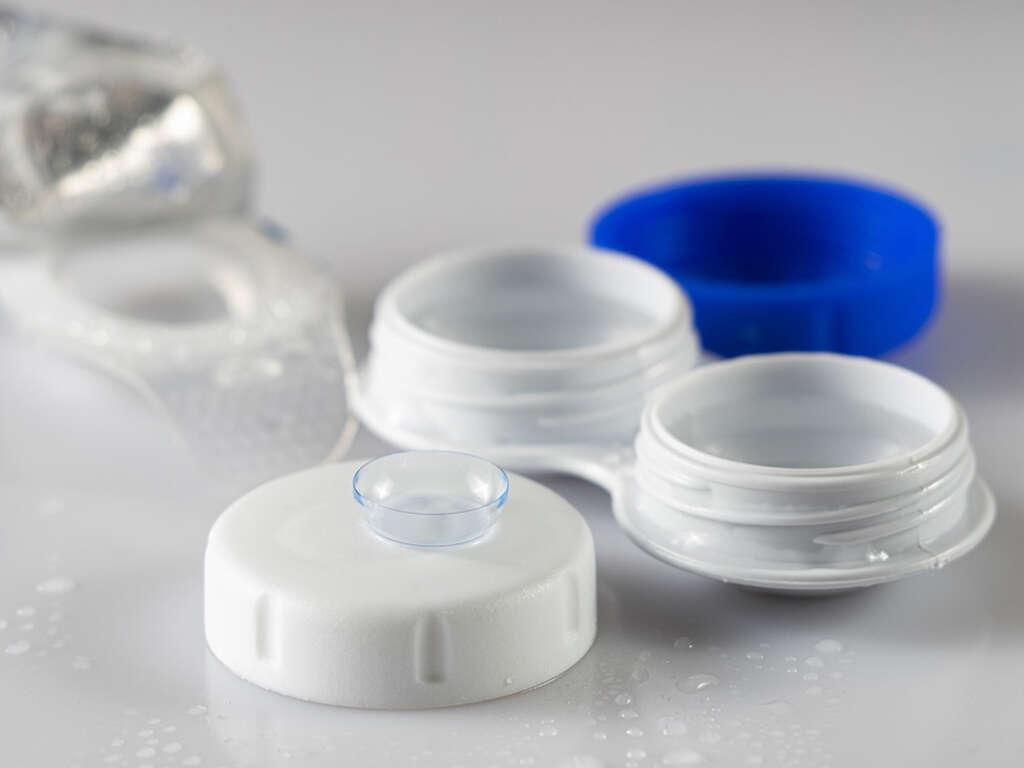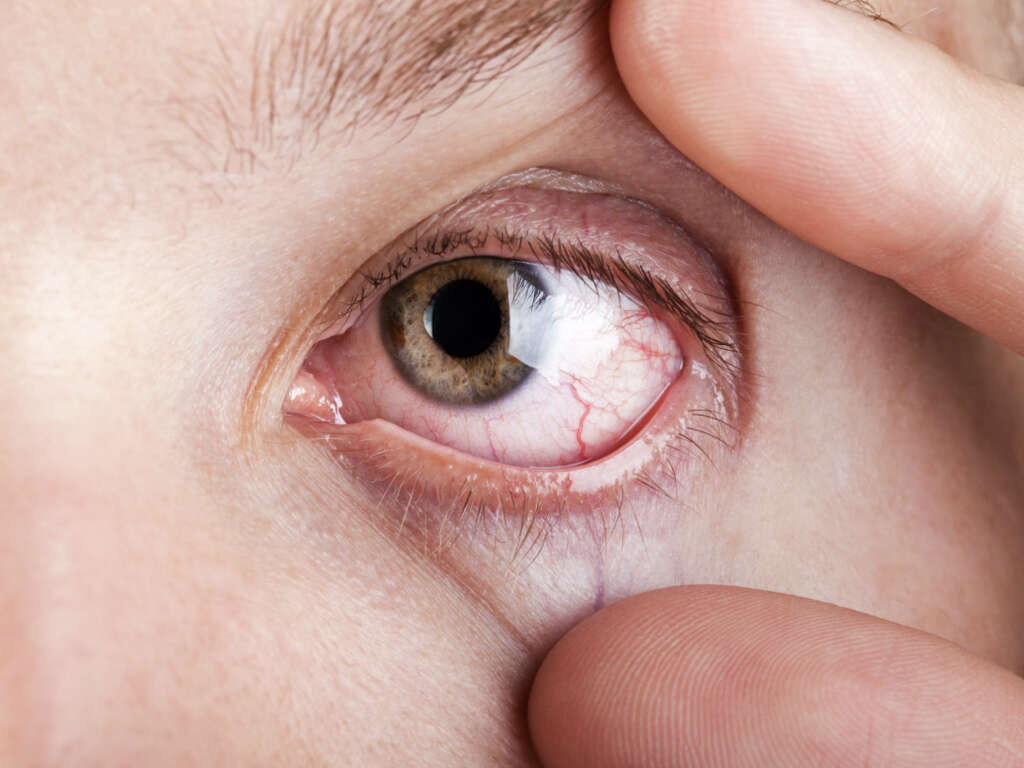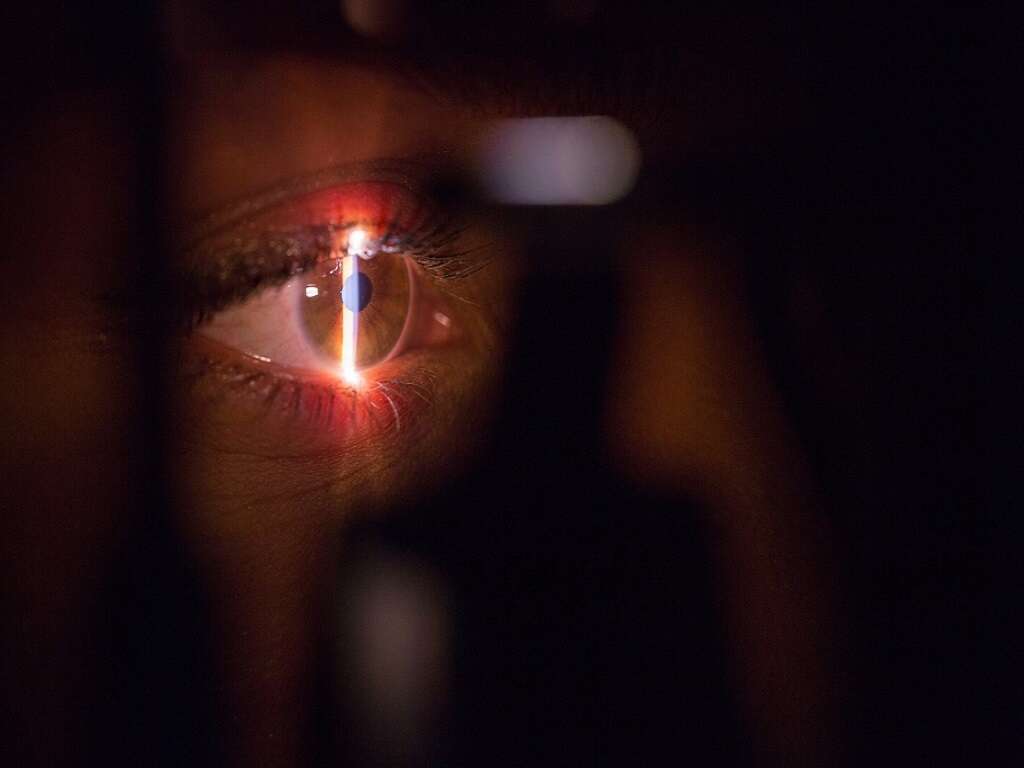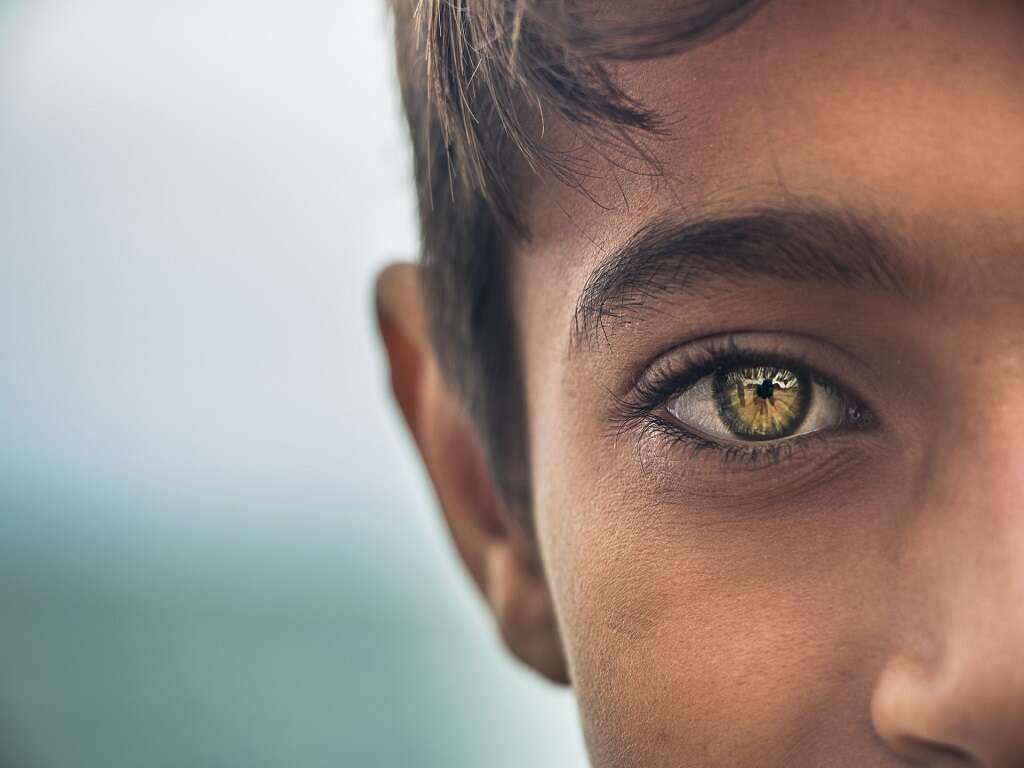10 Common Eye Diseases
Could you imagine having to be without your eyes? While many people are blind and still manage, it would be a huge shock to those of us that have had eyesight since we were born. This means it is very important to take care of our eyesight, but there are illnesses that can put it at risk.
Infections of parts of the eye are quite common and can be caught easily if you are not careful. Some illnesses can also lead to damage. It is also important to maintain good hygiene. Most cases will clear up either by themselves and/or with help from medication. Sometimes, though, surgery may be required. At other times, the eyesight might be affected or even lost completely.
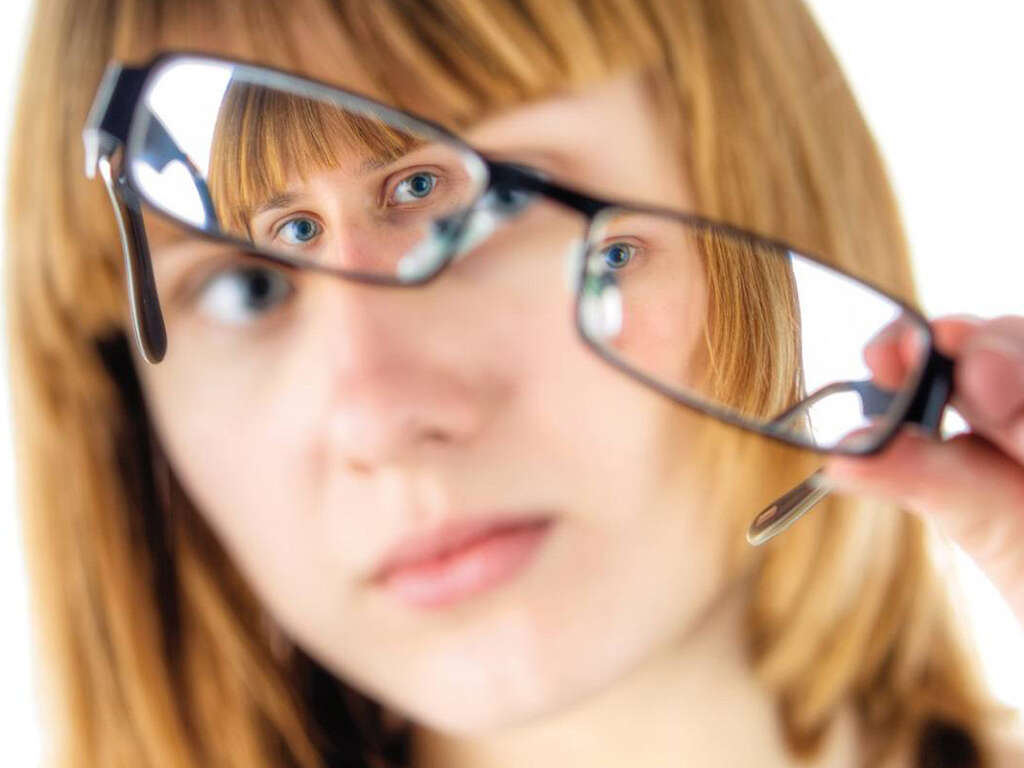
Eye Disease #1: Keratoconjunctivitis Sicca
Tears are important because they help to prevent our eyes from drying up. They also keep the insides of our eyelids lubricated. With plenty of natural lubricant, the eyes remain well-nourished and the eyelids are able to slide open and shut effortlessly over them. Things can become quite uncomfortable if there is insufficient lubricant.
Keratoconjunctivitis Sicca is a condition which means that not enough tears are being produced. It is more commonly known as dry eye disease and is more likely to occur as people get older. It is also more common in women than in men. Cleansers and artificial tear products can help, but surgery or other procedures are sometimes required.
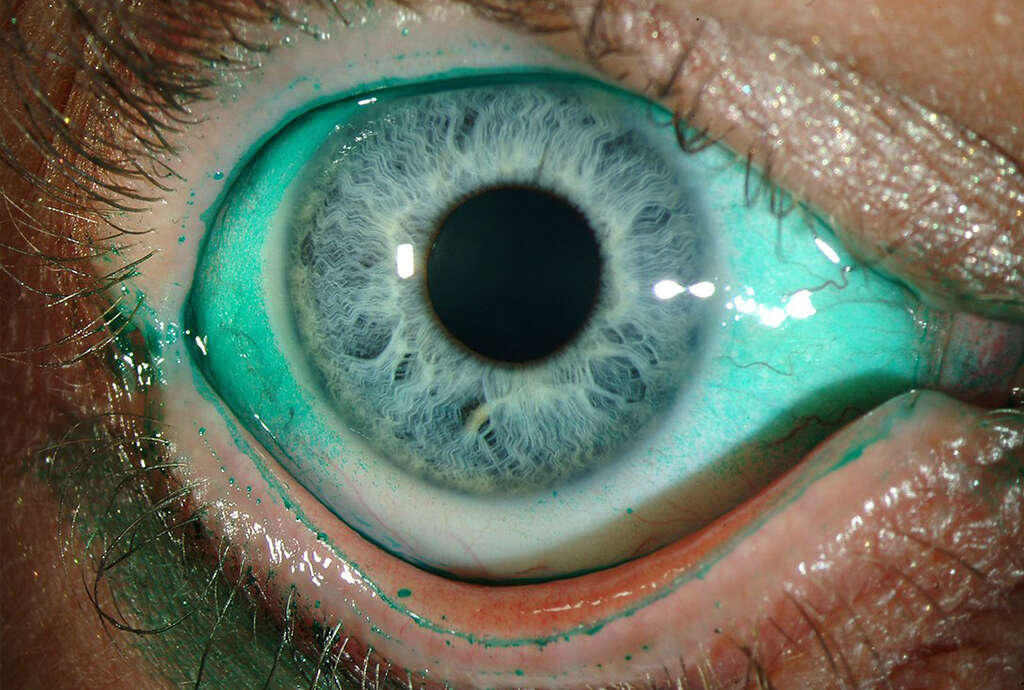
Eye Disease #2: Macular Degeneration
The lenses of our eyes project an image of the world around us onto the retina at the back of the eye. The macular is found at the center of the retina at the back and helps to relay the information from the eye to the brain. When this part of the eye begins to deteriorate, the patient’s vision will be affected.
Macular degeneration is often age-related and this type is referred to as AMD (age-related macular degeneration). This falls into two main categories: exudative (wet) AMD or atrophic (dry) AMD. Men are likely to experience macular degeneration at younger ages than women, but women are more likely to experience it overall.
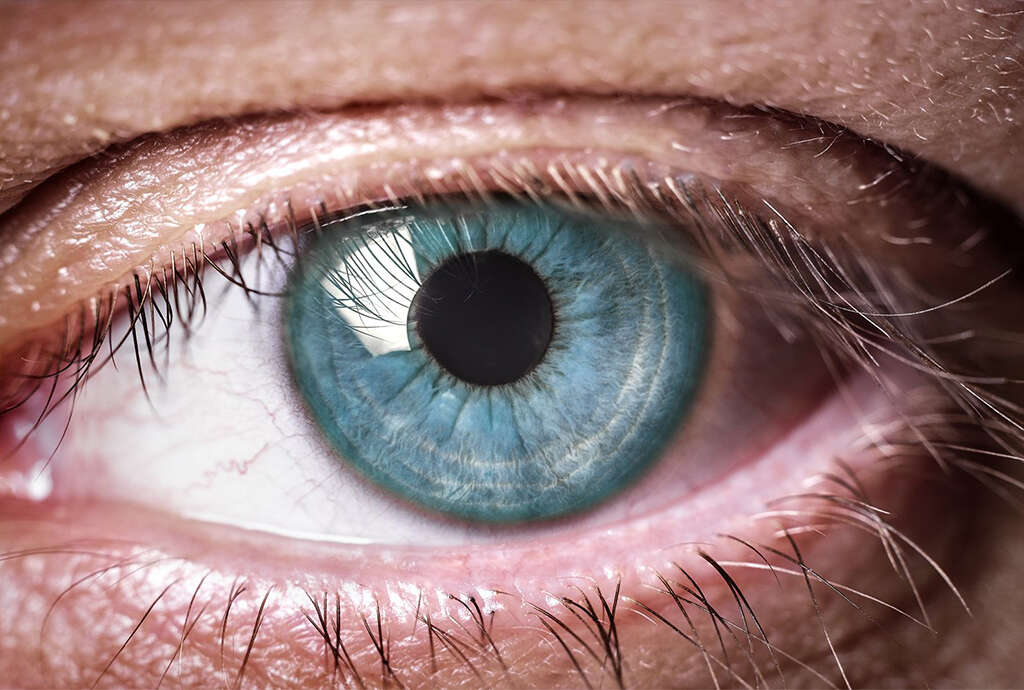
Eye Disease #3: Astigmatism
As the light we see is projected onto the retina at the back of the eye, it needs to be in focus for us to be able to see it clearly. Just try watching a movie from a projector that is out of focus and you will struggle to see what is happening. The correct focusing of this light is helped by the cornea, which is found at the front of the eye.
Astigmatism is a condition that causes the shape of the cornea to become irregular. This affects its ability to focus light clearly and the patient can begin to experience blurred vision as a result. As the patient continuously strains to try and gain focus, they are also likely to experience headaches. Spectacles or surgery might be needed to correct the condition.

Eye Disease #4: Uveitis
In the middle of the eye is the uvea. This includes the pupil in the center, then the iris that surrounds it, and the choroid and the ciliary body. It is the pigments of the iris that help give us our eye color. If any section of this part of the eye becomes damaged or affected in some other way, then uveitis can occur, which is an inflammation of that part of the eye.
There are four main types of uveitis: anterior uveitis is an inflammation of the ciliary body and/or iris, diffuse uveitis is when the entire uvea is inflamed, intermediate uveitis is inflammation of the retina, and posterior uveitis is when the choroid is inflamed.
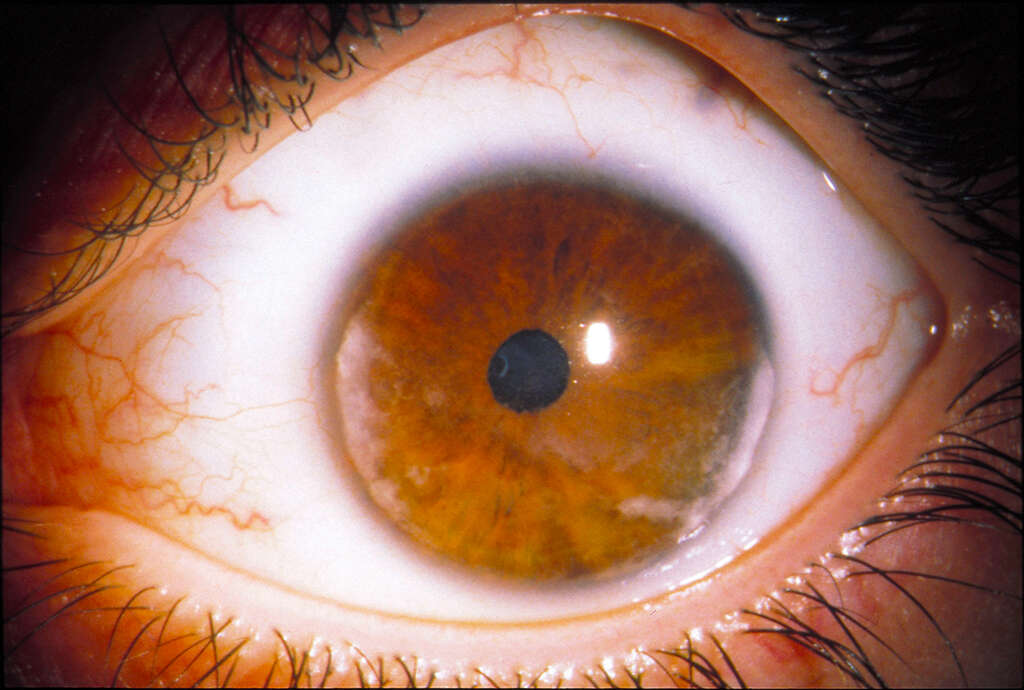
Eye Disease #5: Glaucoma
Our eyeballs are almost hollow, except for a fluid called aqueous humour. This fluid will normally be drained from the eye when needed to allow it to be replaced by fresh fluid. If the fluid is not allowed to drain away, though, then this can increase the pressure inside the eye.
This added pressure can squeeze against the optic nerve. This will gradually cause progressive damage, leading to a deterioration in the patient’s sight. The reasons that the fluid is blocked from exiting the eye is not known, but we do know it is hereditary. Basically, if one of your parents has glaucoma, there’s a good chance that you will get it too.

Eye Disease #6: Blepharitis
At the base of our eyelashes are tiny oil glands. These can sometimes become blocked, resulting in a condition known as blepharitis. This can cause the eyelids to become inflamed and they can also become coated in scales that are similar to dandruff. It can be very irritating and result in considerable soreness.
There are two main types of the condition. Posterior blepharitis occurs on the inside of the eyelid that contacts the eyeball. Anterior blepharitis occurs on the edge of the eyelids at the base of the eyelashes. Remedies are available that will help clean up the condition and help prevent it with sufficient eye-hygiene.
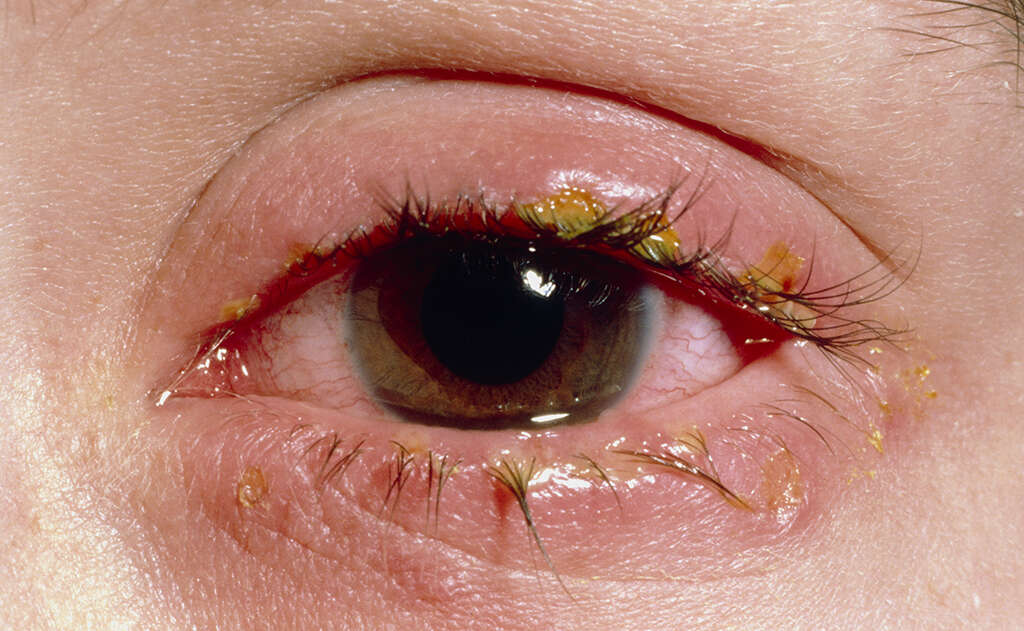
Eye Disease #7: Diabetic Retinopathy
Diabetes is a serious problem throughout the world. An imbalance of sugar levels in the blood can lead to a wide range of complications, and permanent damage can be caused. This includes the eyes, and diabetes can cause serious and permanent damage to the retina over time.
Diabetic retinopathy is the name given to damage caused to the retina by diabetes. It can have a serious effect on the patient’s vision, potentially even leading to complete blindness. The only way to treat the condition is by maintaining a healthy blood sugar level. The damage caused can be permanent.

Eye Disease #8: Hordeolum
You may not have heard of hordeolum before, but it’s actually far more common than you might think. In fact, there’s a good chance you have even had it yourself. It will likely sound far more familiar when you realize that hordeolum is the official medical term for a stye.
Styes occur when bacteria are able to clog and proliferate at the base of eyelashes. This causes the eyelids to swell and become sore, but they will usually go away in a few days or so. You can help speed their removal with some gentle cleaning to help remove the bacteria. In rare cases, surgery may be necessary.
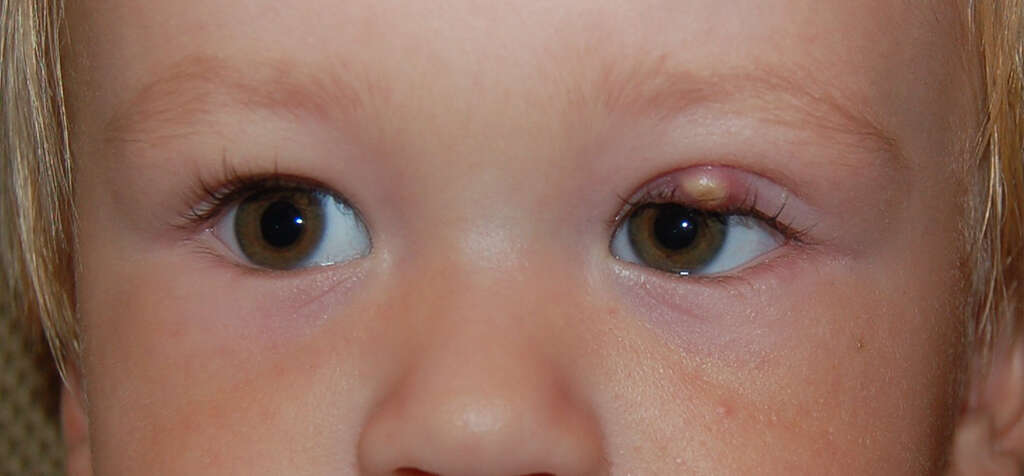
Eye Disease #9: Conjunctivitis
Part of your eyes are protected with help from a thin membrane known as the conjunctiva. This membrane protects the inner eyelids and the front of the eye. The conjunctiva can become inflamed and sore in a condition which we know as conjunctiva. The eye will appear red and very swollen.
Conjunctivitis can be the result of a range of different causes. It is usually due to bacterial or viral infections. It is very contagious and you should try to avoid contact with anybody that has the infection. It is particularly common in young children and it can spread through schools very quickly.

Eye Disease #10: Cataracts
The lens in the eye helps us to focus on objects near and far. It needs to allow light to pass through freely so it is completely clear. As we get older, though, this lens can become cloudy, inhibiting our sight. This is called a cataract and is a fairly common problem among aging people. As well as being a result of aging, it can also be caused through injury.
If left untreated, the patient’s sight can be obscured to the point of making them unable to see at all. The good news is that this can be operated on. The cloudy lens can be removed and replaced with an artificial one that works just as well as the real thing. This should restore the patient’s sight completely.




